Introduction
The repair industry domain in India and across the world is similar to the elephant’s story as described by seven blind individuals. Blind people will tell the parts of the elephant, regardless of what part it is. Repairs are incredibly complex and have numerous facets that it’s difficult to assess accurately.
The totality of the damage and map the extent of the damage, prescription for corrective measures, prevention, and maintenance of health, both with and without repairs. There’s a lot of “State of the art” information readily available, based on the in-depth study of failures from the past and the R&D activities in laboratories and practical implementation of the same at sites.
The consistent results have encouraged the industry. However, the daunting task remains to corroborate the entire information methodically and thus provide this ever-growing and overgrowing industry with an orderly pathway. It is also essential to keep pace with the ever-dynamic nature of various advances and duly incorporate the same in the set procedures.
Size of Repair Industries in India
Concrete is susceptible to environmental elements and structural damage caused by external agents, fundamental defects, and use modifications. Concretes should be constructed to meet the requirements of every structure. Concrete made with local materials is made from various sources of varying quality that may be marginal.
Sometimes, we have to create output at a slowly to finish the task. This could lead to an acceleration of construction that could compromise the quality. These elements can cause warning signs of distress and failure within a structure. This has resulted in an industry that’s likely to be second to the new construction industry.
The market is vast in India; however, it is not well-organized and is present in all corners and corners of the subcontinent. The exact amount annually to owners of the business for repairs, protection, and strengthening is unknown. However, it is possible to calculate the cost based on the industry’s and country’s size.
This is particularly true in advanced western countries where industry is organized scientifically and treated with care. The cost per year of repairs for owners is a good indicator.
The annual cost for repairs in the US is around $20 billion, roughly equivalent to about 90,000. The industry is massive in India and it requires careful monitoring to prevent repeated failures and limit the nation’s wealth loss.
Stakeholders in the Industry and Their Obligations
The repair business has numerous beneficiaries, such as engineers, architects, and material manufacturers. Researchers, Educators, and Testing Companies. Contractors. Also lawyers. Each of these beneficiaries and their owners become stakeholders and are expected to communicate their knowledge and be willing to learn from others with the same interests.
The business has experienced exponential growth in the past 30 years, which has exposed many weaknesses and forced the need to improve areas like materials, design, installation, contracting procedures, quality assurance, training, and contracting processes.
This will improve the quality of service as well as reduce costs and prevent conflicts. As previously mentioned, it is crucial to remember the irreplaceable and essential roles many organizations play. It is critical to define the services offered by these organizations and the services it provides in the following manner:
- Professional Service Companies(architects, engineers, and established expert laboratories) – provide a forensic evaluation of existing structures.
- Testing companies – Offer lab and field services for material analysis.
- Structural Engineers: Calculate load capacities and give design details.
- Inspection Companies inspect that the systems comply with the specifications.
- Manufacturers of materials do not just offer specialized materials but also technical assistance for the installer or specifier.
- Contractors: Combine the specifications, design, and materials with the work and equipment to finish the repair.
There are many steps involved in this field:
I) Surface Repair
II) Protection
III) Waterproofing
IV) Strengthening etc.
V) is a picture that can be displayed as follows: standard information for professionals everywhere.
Surface Repair
Apply the polymer-modified mortar by hand-packing it onto the wet mortar.
Compaction of modified polymer mortar
Protection
Bridge Deck Protection
Waterproofing
Strengthening
Field installation is yet another aspect that contributes to trade. While only one contractor might be capable of doing the task in some regions of the globe or developing nations, it’s now more typical to employ specialized installers or contractors. Here are a few examples of specialist contractors who can be enlisted:
- Membrane, Sealants, Coatings
- Surface Preparation – Hydro / Shot blast
- Grouting / Crack Injection
- Foundation Underpinning
- Vertical Repair (High Rise)
- Shotcrete / Guniting
- Industrial Floor Repairs
- Cathodic Protection
- Post Tensioning
- Steel Placement
- Formwork
- Concrete Placement
- General Concrete Repair
- Waterproofing
These are incredibly delicate and crucial procedures to the success of repairs. Only highly experienced and professional people should carry out this work. Sometimes, semi-skilled workers are substituted for skilled workers.
Employers can impose compulsions on clients because they cannot locate skilled employees or lower the cost of specialists without giving any details. The client is only informed about these unsuitable replacements when the work doesn’t perform as planned or the job is not successfully completed. To ensure that you can prevent these accidents, repair organizations worldwide have started to offer certification programs.
Everyone involved will be assured that their work is safe with these certificates. The first certification was obtained by the author of “Surface Preparation” Chicago a few years ago. International Concrete Repair Institute USA provided the course at the CTL campus in Chicago, located in Skokie. The rigorous theoretical exam was held on the 10th of June, 2009.
We must speak about the necessity of expert craftsmen from certified organizations.
A sample certificate from the first batch, the date of expiry, and any other details are as follows for future use by Indian Engineers.
A spectrum of Repair Jobs
After discussing the multi-faceted involvement of several agencies, it’s time to discuss the numerous jobs this sector offers. Here are a few of the most crucial jobs and general corrective and diagnostic methods.
How to Reduce the Rate of Failure for Repairs
We are currently putting in new concrete with a volume of 1M3 for each person in the nation. This is an enormous amount. If we examine concrete in the past, it’s feasible to calculate that 25M3 of concrete could be present. This is an enormous amount of concrete. The concrete is typically older than 10 years. The concrete was made on the spot and hasn’t been regulated.
This makes it more susceptible to attack by other chemicals, like chlorine attack, carbonation loss of alkalinity, as well as loss of alkalinity. Even with the latest developments, like low-permeability concrete mix (insitu and pre-packed) as well as protective coatings and other repair chemicals and repairs designed to extend the life of structures are often not able to last long.
Concrete repair and protection projects typically don’t meet the performance requirements. U.S. Army Corps of Engineers is one of the world’s most extensive inventories of concrete structures. Their experiences are as follows.
Performance of Repairs
That means only half of the repairs succeed, and the remainder is in the fair, poor, or failed category because of issues in the design, installation, and materials used.
The unorganized nature of India’s industry and the old execution techniques means that India’s performance remains highly marginal. This is described in the following manner.
The system’s performance is affected by the aggressive conditions that differ from one region to the next in India.
That means that when the majority of those within the industry think that there’s no need for improvement or that there aren’t any issues that require attention, the sector will continue to operate at around 20 percent. The attitude of sticking with traditional methods is prevalent at all levels.
India is the home of many tools and other items and this is the perfect time to begin a systematic process to develop appropriate guidelines for the coming years. A committee dedicated to this purpose comprises members of engineers, contractors, material producers, researchers, educators, the owners of these companies, material scientists, and the industry.
The associations must work together to tackle various issues and develop solutions. This method is quicker and more efficient than waiting for the sector to grow.
The group will focus on the significance of learning from mistakes and ways to apply state-of-the-art knowledge holistically. The industry is presented with areas that require improvement.
A few areas that require improvements
The weak structure collapsed due to the absence of temporary shoring. The engineer and the supervising contractor needed to be adequately trained or directed to ensure the safety of the task.
A poor surface is created surrounding the corroded reinforcement bar. The building’s owner, the general public, and an engineer are in danger from broken pieces of repair material.
The figure below is a photo of a failed repair on the side of a tank for water storage. While it is apparent that the issue is caused by inadequate construction or surface preparation, it was a design flaw.
Water vapour transmission from the tank’s interior must be considered when designing the tank. The water vapor transmission is housed within the repair, which is extremely strong and resistant to damage caused by freeze-thaw.
The original substrate is susceptible to disintegration from freeze-thaw due to the high moisture concentration in the area behind the repair. This is something to consider when creating.
The change in volume and drying shrinkage characteristics of the repair material. The material breaks when it is shrinking too fast, which is not managed by the bonding between the repair material and the substrate.
Surface preparation is not as good as inadequate primer installation or excessive substrate moisture levels.
The repair also came with the most impressive cathodic protection system. The installation of the cathodic protector wasn’t completed correctly and the system was not adequately balanced and had inconstant reinforcing metals, causing rapid corrosion.
Here is one example of strengthening systems used to enhance newly constructed structures. The costly repair was due to inadequate reinforcement steel on the top of the Pier.
Do we require an idea?
It is crucial to establish an idea of …… “Unified Vision for the Indian Nation for Concrete Protection Strengthening and Repair Industry-Vision 2020”
The following is an outline of a vision statement.
Many changes can be made to lower the cost of living.
- Do not make mistakes
- False calculations
- Poor performance
- Poor workmanship
Additionally, you must be aware
- Utilizing better repair techniques to lower costs and increase the quality
The vision, in conjunction with the objectives, will aid the clients’ organizations, the industry, research institutes, and educational institutions in speeding up improvement in the quality of the repair industry. There are a few aspects of this vision declaration below:
a) Indian industry should create mechanisms to facilitate inter-organizational and discipline collaboration to develop concrete art technology and to promote its diffusion.
b) Develop and implement an approach to speed up the creation of documents and their dissemination to the industry’s stakeholders.
c) Repair/restoration code to set up assessment, plan, materials, field, and investigation rehearses, which raise the degree of performance of repair and protection frameworks, set up clear responsibilities and experts for all members, and give the neighborhood building authorities a method for issuing licenses.
d) To improve specifications, create performance-based specifications for repair designs.
e) Improve the design of repair materials and performance to prevent cracks and help support structural loads.
f) Develop environmentally-friendly repair methods such as equipment, materials, and other more comfortable equipment for workers and the natural environment. This can reduce the negative impact on workers as well as the environment.
g) Develop a method of forecasting repair systems’ performance to ensure the right materials and designs are employed. The installation process and details are built on predictive models proven by previous experiences.
h) Develop and implement an action plan of research for the repair industry.
i) To boost the curiosity and skills of professionals in the construction field.
Repair and protection practices to meet the growing demand for design, evaluation, and new materials and construction experts.
j) Set up selection procedures and contract agreements, procurement techniques, and relationship agreements
Partnering with partners can help reduce litigation, disputes, and rework caused by disagreements between partners and General contractors, engineers, contractors, and owners.
k) Encourage education of owners of facilities about the risks of deterioration. Reduce risk and safeguard their investment.
l) Encourage enhanced methods and techniques for assessing clear and detailed conditions.
m) Determine the specific requirements of the repair system for greater efficiency, increased usage, reductions in failures, and increased use.
Conclusion
The National Conference may result in an agreement to unite all stakeholders and permit the creation of documents that encompass all stakeholders. Vision is recording all information distributed to the Indian Nation’s grassroots.
The article is based on research into the Indian repair situation in the past three decades and extensive referencing from ACI research.


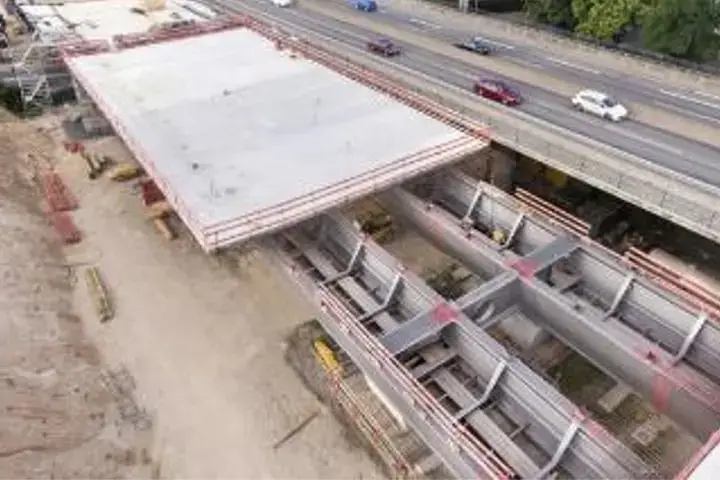
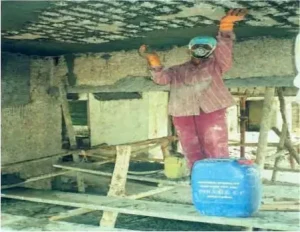
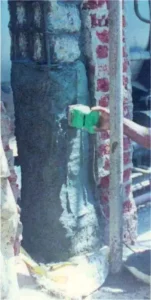
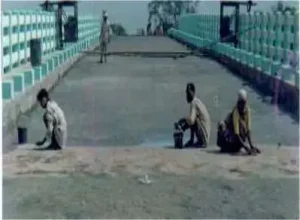
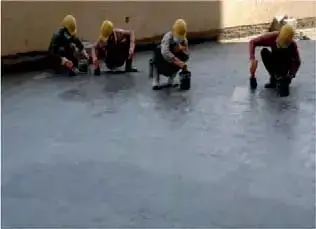
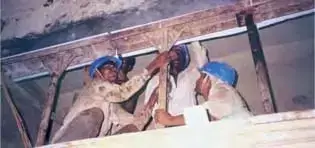
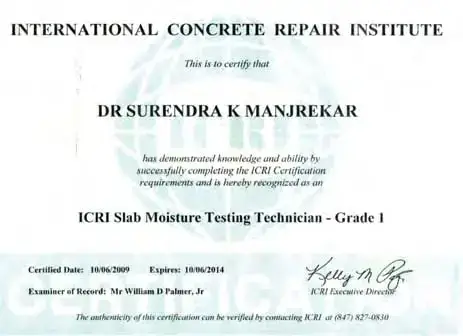
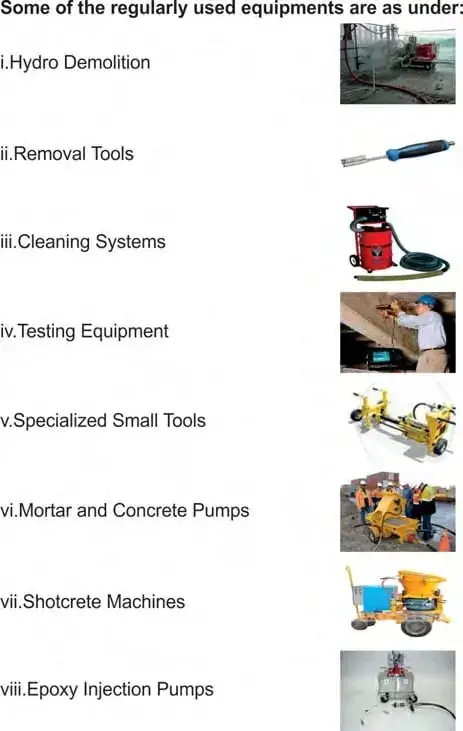
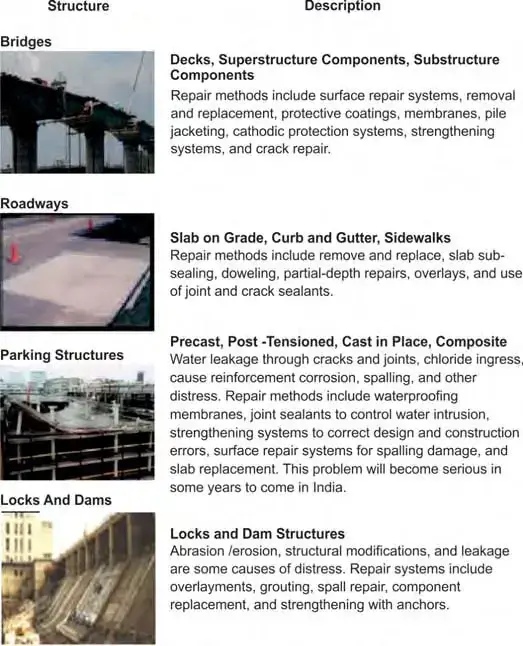
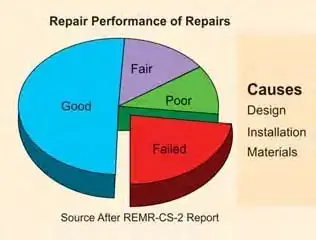
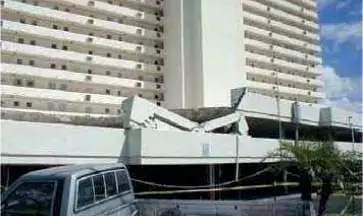
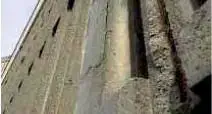
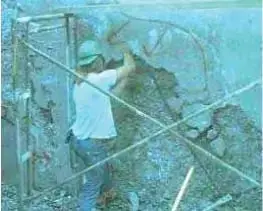
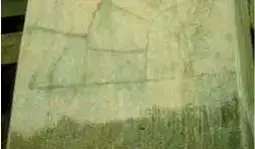
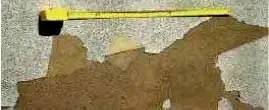
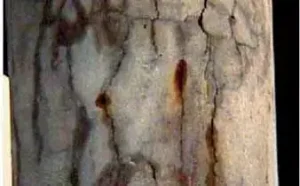
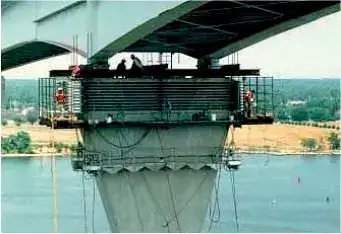
I’m not that much of an internet reader, to be honest, but your blogs really nice, keep it up! I’ll go ahead and bookmark your website to come back down the road